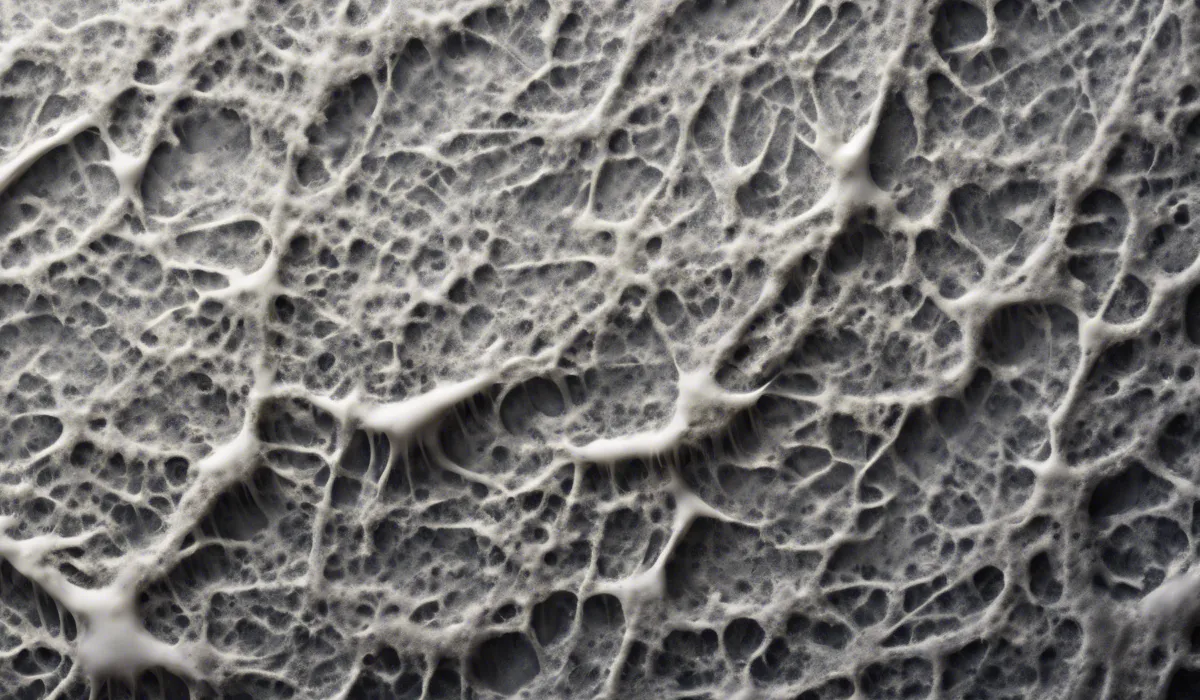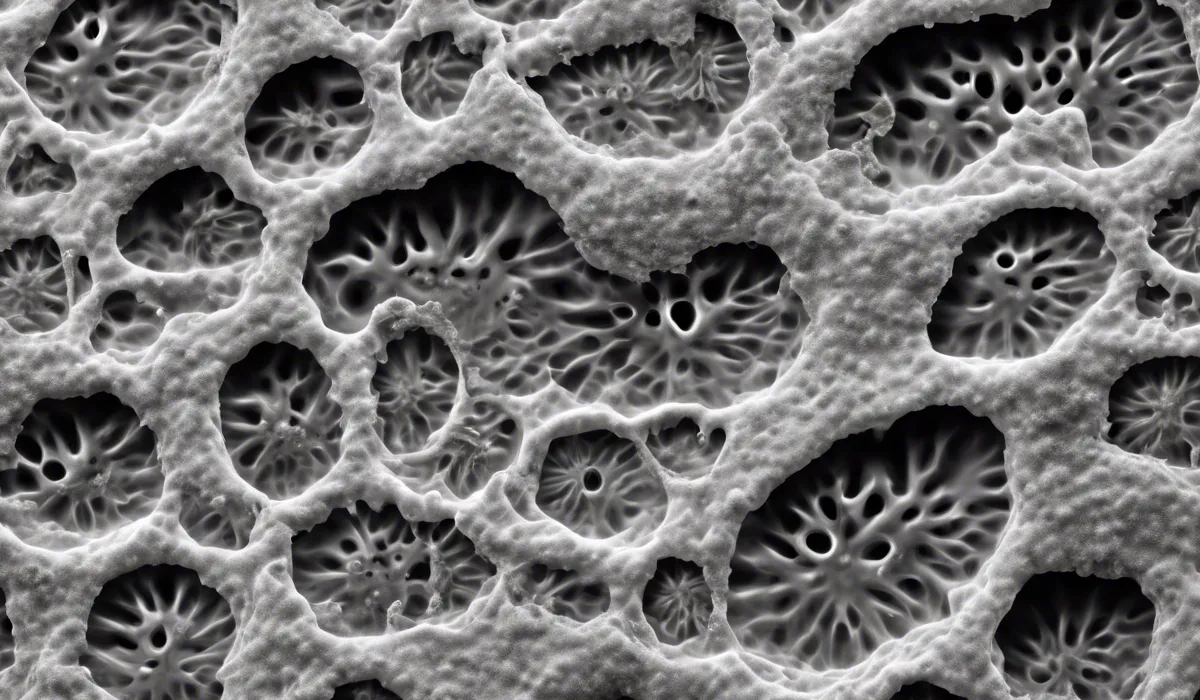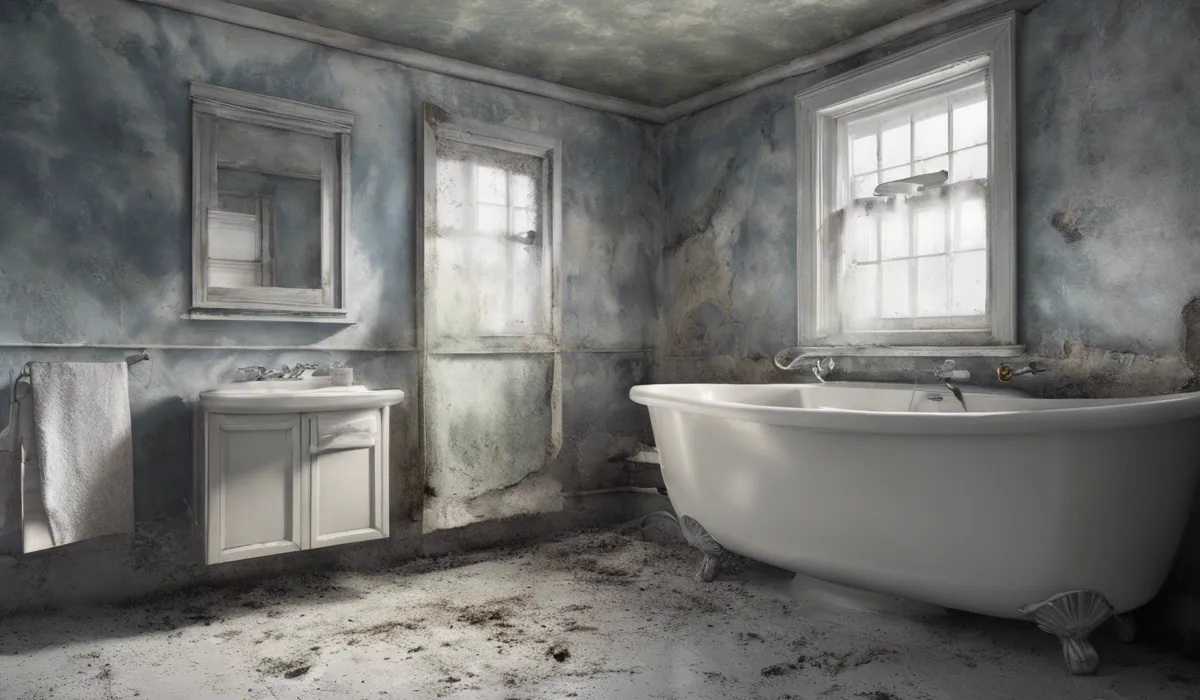Cold does not kill mold but can deactivate its growth. Most molds go dormant in temperatures below 3°C (37°F), yet they can re-activate and grow when temperatures rise. To effectively kill mold, other methods like cleaning with mold-killing solutions are necessary.
Understanding Mold and Cold Temperatures

Definition and Characteristics of Mold
Mold is a type of fungus that can grow almost anywhere there is moisture and organic material. It comes in various shapes, sizes, and colors, sometimes visible as fuzzy patches on surfaces.
Mold reproduces by releasing tiny spores into the air. These spores can be harmful if inhaled, leading to health issues, especially in people with allergies or weakened immune systems.
Optimal Conditions for Mold Growth
Mold thrives in warm, damp, and humid conditions. It typically grows best in temperatures between 77°F and 86°F (25°C to 30°C), with a relative humidity level above 60%.
Common areas for mold growth in homes include bathrooms, kitchens, basements, and areas where water leaks or condensation occurs.
How Temperature Affects Mold Development?
Temperature plays a critical role in mold growth. While mold prefers warmer temperatures, it can still survive in cooler conditions.
However, its growth rate slows down as temperatures drop. Most molds become dormant when the environment falls below 3°C (37°F), but they do not die. When temperatures rise again, these dormant molds can quickly resume growing and spreading.
Common Misconceptions About Cold Temperatures and Mold
Many people believe that cold kills mold, but this is not accurate. Cold temperatures may stop mold from growing actively, but they do not eradicate the spores.
Another misconception is that mold cannot grow in winter. In reality, indoor heating can create the perfect environment for mold, even during the colder months.
The Effects of Cold on Mold Spores

The Survival Mechanisms of Mold in Cold Environments
Mold has evolved to survive harsh conditions, including cold environments. When exposed to low temperatures, mold spores can enter a state of dormancy, conserving their energy and ceasing growth until conditions become favorable again.
This survival mechanism ensures their longevity, even in climates that regularly experience freezing temperatures.
Difference Between Dormant and Active Mold
Active mold is growing, spreading, and potentially causing damage to surfaces and health problems.
Dormant mold, on the other hand, has stopped its growth due to unsuitable conditions, such as cold. However, dormant mold is not dead and can become active again with the right temperature and moisture levels.
Scientific Studies on Mold Behavior in Cold Temperatures
Research has shown that mold spores can remain viable even after being exposed to freezing temperatures.
Studies have observed that while freezing can damage some spores, many are capable of surviving and can germinate once they thaw. This resilience is why simply using cold to combat mold is not an effective strategy.
Impact of Freezing on Mold Spores
Freezing temperatures can inactivate mold spores but do not kill them. Some species of mold can survive in a frozen state for an extended period.
When the temperature rises, and the spores thaw, they can potentially return to an active state and begin growing again.
Practical Tips for Mold Prevention and Control in Cold Climates

Strategies for Preventing Mold Growth During Colder Months
To prevent mold in the winter, the focus should be on reducing indoor humidity. Use dehumidifiers and exhaust fans, fix leaks promptly, and ensure your home is well-insulated to reduce condensation.
It’s also essential to keep your home clean and dry, as mold feeds on dirt and dust.
Importance of Humidity Control Alongside Temperature Management
Controlling humidity is as important as managing temperature for preventing mold growth.
Use a hygrometer to monitor the humidity levels in your home, aiming to keep it below 60%. Ventilation is also crucial; open windows when possible and use fans to circulate air and reduce moisture.
Recommendations for Mold Cleanup and Remediation in Cold Environments
If mold is present, it’s important to clean it up immediately. For small areas, a mixture of water and detergent can be effective.
For larger infestations, it may be necessary to hire professionals who can safely and thoroughly remove the mold. Remember, dead mold can still cause allergic reactions, so proper cleanup is vital.
Long-term Solutions to Prevent Mold Recurrence in Cold Settings
To keep mold from coming back, maintain low humidity levels, ensure good air circulation, and promptly address any water damage.
Insulate pipes to prevent freezing and bursting, which can lead to moisture problems. Regularly inspecting your home for signs of mold and addressing issues immediately will help prevent its return.
FAQs About Does Cold Kill Mold
Does cold weather kill mold spores?
Cold weather does not kill mold spores; it can only deactivate their growth by making them dormant.
Can mold survive in freezing temperatures?
Yes, mold can survive in freezing temperatures as most molds go dormant below 3°C (37°F), but can become active again when it warms up.
At what temperature does mold stop growing?
Mold typically stops growing and goes dormant at temperatures below 3°C (37°F).
What is the best way to kill mold permanently?
To kill mold permanently, it is necessary to clean the affected areas with mold-killing solutions and eliminate the moisture source.
Can mold come back after cold temperatures?
Yes, mold can come back after cold temperatures if the conditions become favorable again for mold growth, such as when temperatures rise and moisture is present.
Final Thoughts
Cold temperatures do not eliminate mold, but rather put it into a dormant state below 3°C (37°F). The mold is capable of reactivating and growing once the environment warms up again. To truly eradicate mold, use of mold-killing solutions for cleaning is required.
